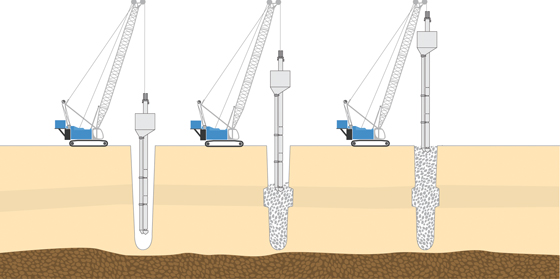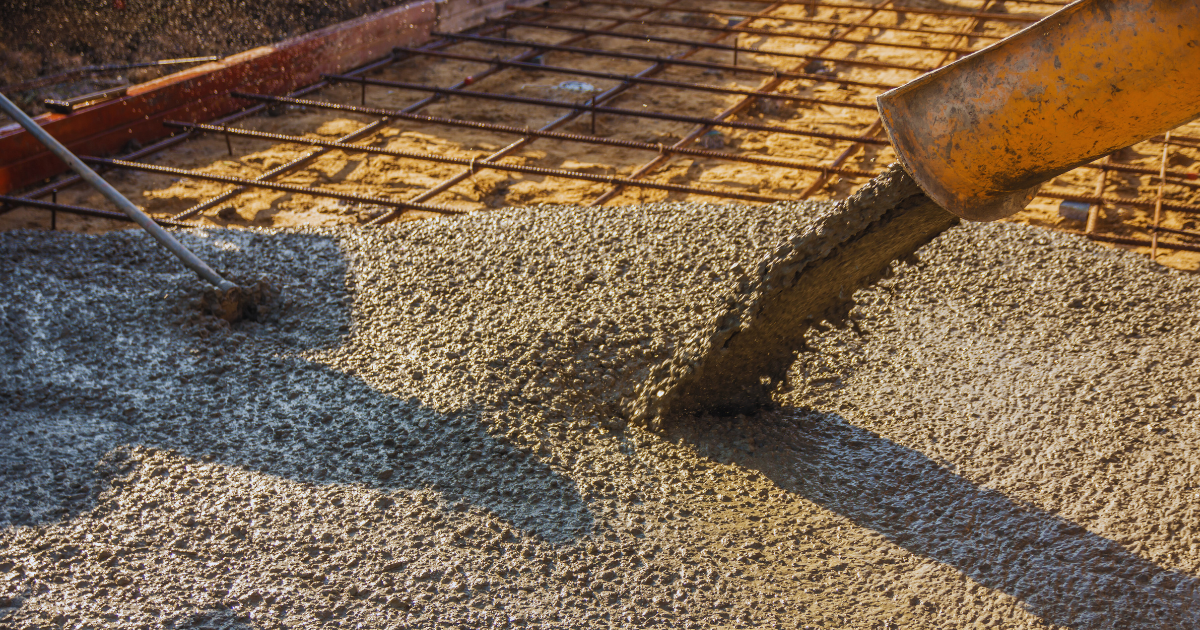Stone piling is an ancient construction technique that has been utilized for centuries to create both functional and aesthetically pleasing structures. From garden walls and terraces to grandiose architectural features, it is renowned for its durability, natural beauty, and timeless appeal. In this comprehensive guide, we will explore the art and science of stone piling, offering insights into how to create balanced and visually stunning stone structures.
Understanding Stone Piling
Stone piling involves the methodical placement of stones to form structures or features. The technique requires selecting the right type of stone, understanding the principles of balance and stability, and applying proper construction techniques. It can be used in various applications, including retaining walls, decorative garden features, and even large-scale architectural projects.
The Basics of Stone Piling
Choosing the Right Stones
The first step in any project is selecting the appropriate type of stone. Stones used in can vary greatly in size, shape, and texture. Commonly used stones include granite, limestone, and sandstone. Each type of stone has its own unique characteristics, which can affect the overall look and feel of the finished structure.
Granite: Known for its durability and resistance to weathering, granite is often used in large-scale projects.
Limestone: This softer stone is easier to work with and is ideal for creating more intricate designs.
Sandstone: With its varied colors and textures, sandstone can add a distinctive aesthetic to your stone piling project.
Preparing the Site
Before starting a project, it is essential to prepare the site properly. This involves clearing the area of debris, leveling the ground, and ensuring proper drainage. A well-prepared site helps to prevent issues such as settling or erosion, which can affect the stability of the stone structure.
Clearing the Area: Remove any vegetation, rocks, or other obstructions that could interfere with the process.
Leveling the Ground: Use tools such as shovels, rakes, and levels to create a flat and stable base for your stones.
Ensuring Proper Drainage: Incorporate drainage solutions to prevent water from accumulating around the stone structure, which can lead to instability.
Laying the Foundation
The foundation is crucial to the success of any stone piling project. A solid foundation ensures that the stones remain stable and balanced over time. For most stone piling projects, a gravel or crushed stone base is used to create a stable foundation.
Creating a Gravel Base: Spread a layer of gravel or crushed stone across the prepared site, then compact it to create a stable and level base.
Adding a Base Course: Lay the first layer of larger stones, known as the base course, to provide additional stability. Ensure that these stones are well-seated and level.
Techniques for Effective Stone Piling
Dry Stacking vs. Mortared Stone Piling
Stone piling can be done using different techniques, with dry stacking and mortared stone piling being the most common. Each method has its own advantages and is suited to different types of projects.
Dry Stacking: This technique involves placing stones without the use of mortar. Stones are carefully selected and arranged to fit together securely, relying on their weight and the natural friction between them to hold the structure in place. Dry stacking is ideal for creating rustic, natural-looking structures.
Mortared Stone Piling: In this method, stones are bonded together using mortar. This technique provides additional stability and is often used for more intricate or load-bearing structures. Mortared stone piling allows for more precise alignment and can create a more polished finish.
Building with Balance and Symmetry
Achieving balance and symmetry is essential to creating visually appealing stone structures. When piling stones, consider the following tips to ensure that your structure remains balanced and aesthetically pleasing:
Select Stones for Fit: Choose stones that fit together well and create a cohesive look. Avoid using stones with significant gaps or irregular shapes that could disrupt the balance of the structure.
Alternate Stone Sizes: Use a mix of stone sizes to create visual interest and stability. Larger stones can be used for the base, while smaller stones can be placed on top to create a more intricate design.
Check for Leveling: Regularly check the level and alignment of your stones to ensure that the structure remains balanced and even. Use a level and a straightedge to make adjustments as needed.
Incorporating Design Elements
Stone piling offers the opportunity to incorporate various design elements into your project. Consider adding features such as steps, curves, or niches to enhance the functionality and aesthetic of your stone structure.
Steps: Incorporate steps into retaining walls or garden features to create a functional and attractive element.
Curves: Use curved lines and shapes to add a natural, flowing appearance to your stone piling project.
Niches: Add niches or alcoves to your stone structure to create focal points or spaces for planting.
Maintaining and Caring for Stone Structures
Proper maintenance is essential to preserving the beauty and integrity of stone piling projects. Regular care ensures that your stone structures remain stable and visually appealing for years to come.
Cleaning
Periodically clean your stone structures to remove dirt, debris, and stains. Use a gentle brush or a pressure washer to clean the stones, taking care not to damage the surface.
Inspecting for Damage
Regularly inspect your stone structures for signs of damage or instability. Look for cracks, shifting stones, or other issues that may require repair.
Repairing and Replacing Stones
Address any damage promptly to prevent further issues. Replace damaged or unstable stones and make necessary adjustments to maintain the stability and appearance of your stone structure.
Conclusion
Stone piling is a versatile and timeless technique that can transform any space with its natural beauty and enduring strength. By understanding the basics, choosing the right materials, and applying effective construction techniques, you can create stunning and balanced stone structures that enhance the aesthetic and functionality of your environment.
By following the guidelines outlined in this guide, you can master the art of stone piling and achieve exceptional results in your next project. Embrace the natural elegance of stone and let your creativity shine through in every carefully placed stone.







